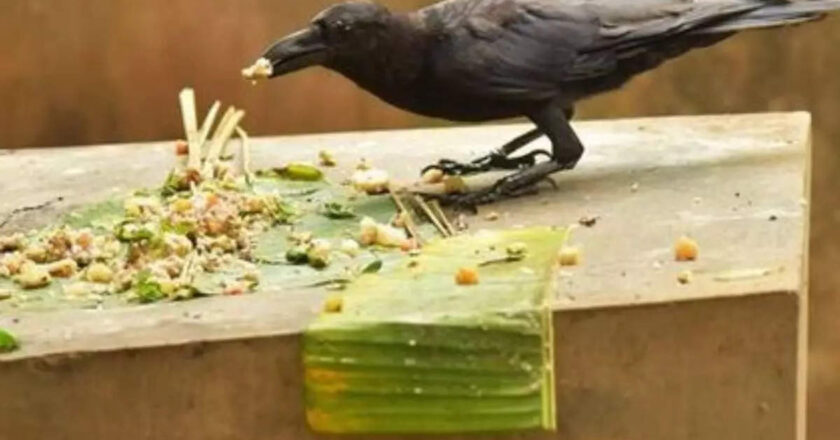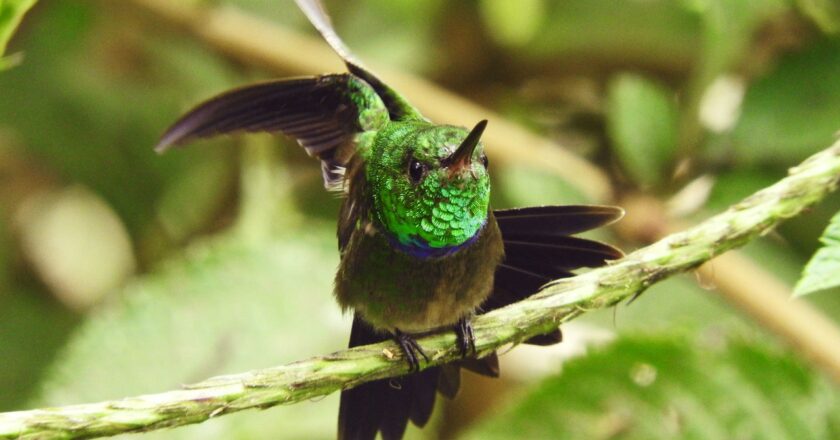Here’s Scientific Proof Your Cat Will Eat Almost Anything
Don’t let their fluff fool you: Your cat was built for murder. Felines, no matter how chonky, eepy, or boopable, are remarkably adaptable obligate carnivores, down to eat just about anything that fits in their mouth.Well-intentioned (or … threatening?) gifts of dead birds, rats, and lizards are familiar to outdoor cat owners—even my shockingly uncoordinated indoor cat has killed a spider or two in her day. But an analysis published today in Nature Communications, led by Auburn University ecologist Christopher Lepczyk, reveals that there’s shockingly little that cats don’t eat.Compiling evidence from a century of research from across the globe, Lepczyk’s team identified over 2,000 animal species eaten by cats—and that’s only what scientists have recorded so far. Of those species, 347 are a...





